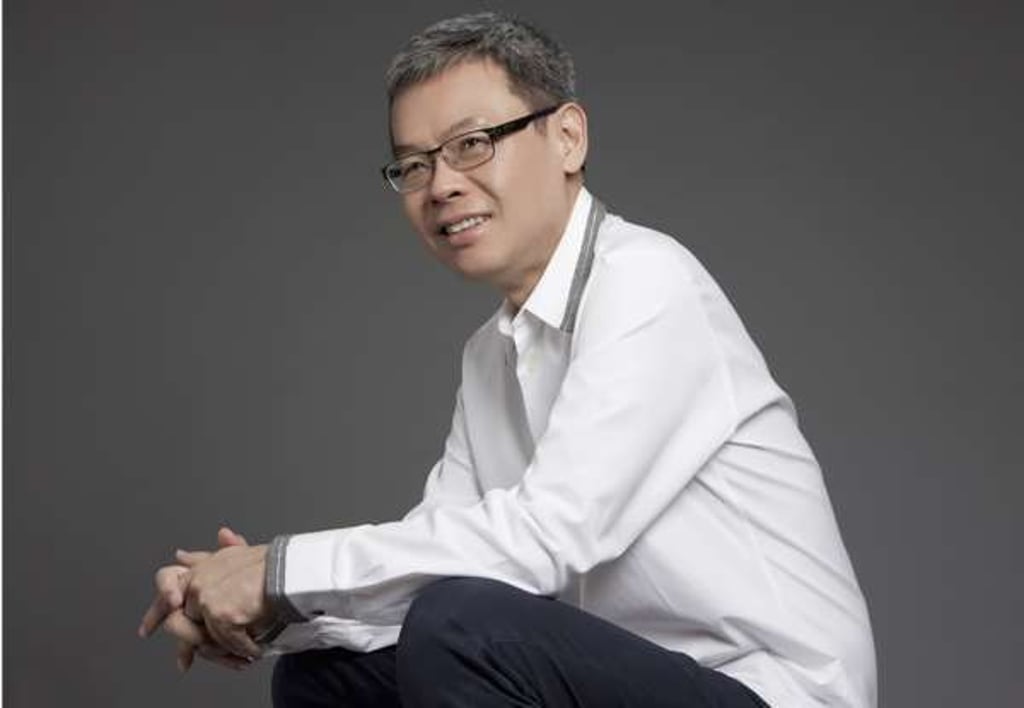The Collector | Why billionaire Budi Tek wants to turn his Yuz Museum into a Shanghai public institution
The billionaire, who is fighting pancreatic cancer, explains his desire to create a museum that would outlast him – and how he could blaze a trail for other private galleries in China

The spectre of death has put Budi Tek on a mission. The Indonesian-Chinese art collector has pancreatic cancer and is racing to turn his private Shanghai museum into a non-profit, public institution. If he succeeds, Yuz Museum, in the West Bund district, will probably be the first foreign-owned private museum in China to become a public institution run by a board of trustees rather than an individual owner.

Tek is applying for non-profit status for the Yuz Foundation, which was set up in Shanghai in 2007 after the billionaire moved there with his wife. He explains that while Yuz Museum is, technically, a non-profit organisation and doesn’t pay taxes, the ownership of the foundation remains in the hands of his company, because the government wants to know who is responsible for it. He wants to convince the government to allow the foundation to be owned by an NGO, so that the museum can be governed by a board of trustees, like many Western museums.
“The relationship between public and private museums in Asia will change, starting with me,” says Tek. “Major museums in the West began as humble private museums and became public ones relying on public support to grow their collections and programmes. Yuz will follow the same pattern.”
He will transfer ownership of the permanent collection at Yuz Museum to the NGO, which will rely on corporate and individual sponsorship and tickets sales instead of the family foundation or government subsidies, he says.
